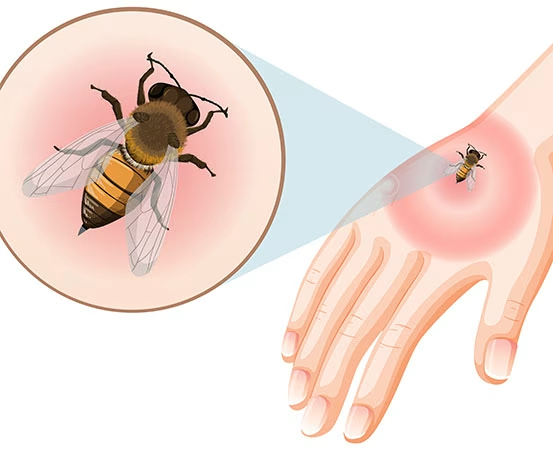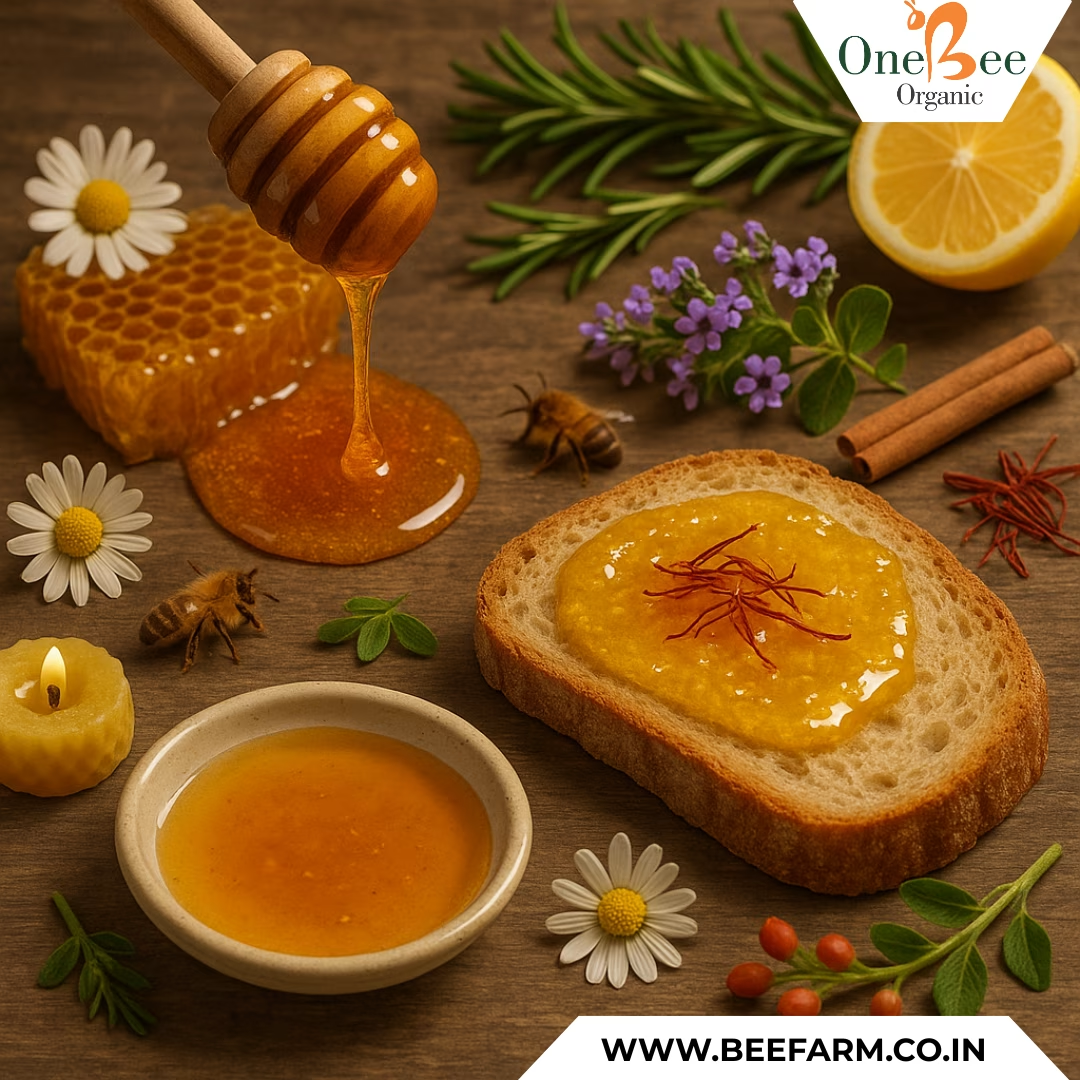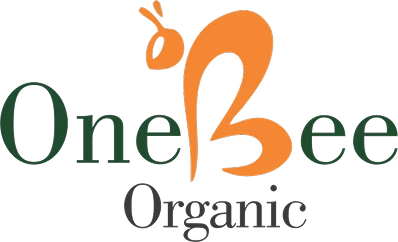Bee Sting Therapy Application
Bee sting therapy Application, also known as apitherapy, is an alternative medicine that uses bee stings to treat various health conditions. The theory behind bee sting therapy application suggests that bee venom contains substances that reduce inflammation, relieve pain, and stimulate the immune system.
Here are some of the common applications of bee sting therapy:
Pain Relief: Bee venom contains melittin, a compound that has pain-relieving properties. In bee sting therapy, practitioners apply the venom to the affected area to alleviate pain. This makes it a potential treatment option for conditions like arthritis, chronic pain, and muscle soreness.
Anti-Inflammatory Benefits: Bee venom includes several anti-inflammatory compounds, such as adolapin and apamin. These substances reduce inflammation and swelling in the body, which benefits individuals with conditions like rheumatoid arthritis, multiple sclerosis, and other autoimmune diseases.
Immune System Stimulation: Melittin, a peptide in bee venom, stimulates the immune system. This can improve overall health and well-being, potentially benefiting individuals with weakened immune systems or chronic conditions that affect immunity.
Neurological Benefits: Some studies suggest that bee sting therapy may support nerve regeneration and improve conditions like Parkinson’s disease and multiple sclerosis. The therapy may enhance nerve function and relieve symptoms like muscle spasms and stiffness.
Skin Health: Bee venom has applications in cosmetics and dermatology due to its potential to stimulate collagen production and improve skin elasticity. It appears in skincare treatments to reduce wrinkles and enhance skin hydration.
While bee sting therapy has gained popularity, individuals with bee allergies should avoid this therapy because it can cause severe allergic reactions. Consulting with a healthcare professional before undergoing bee sting therapy is crucial for safety and effectiveness.
Bee sting therapy remains a controversial yet intriguing alternative treatment. As research progresses, its potential applications may expand, offering new possibilities for managing pain, inflammation, and immune-related conditions.







Leave A Comment